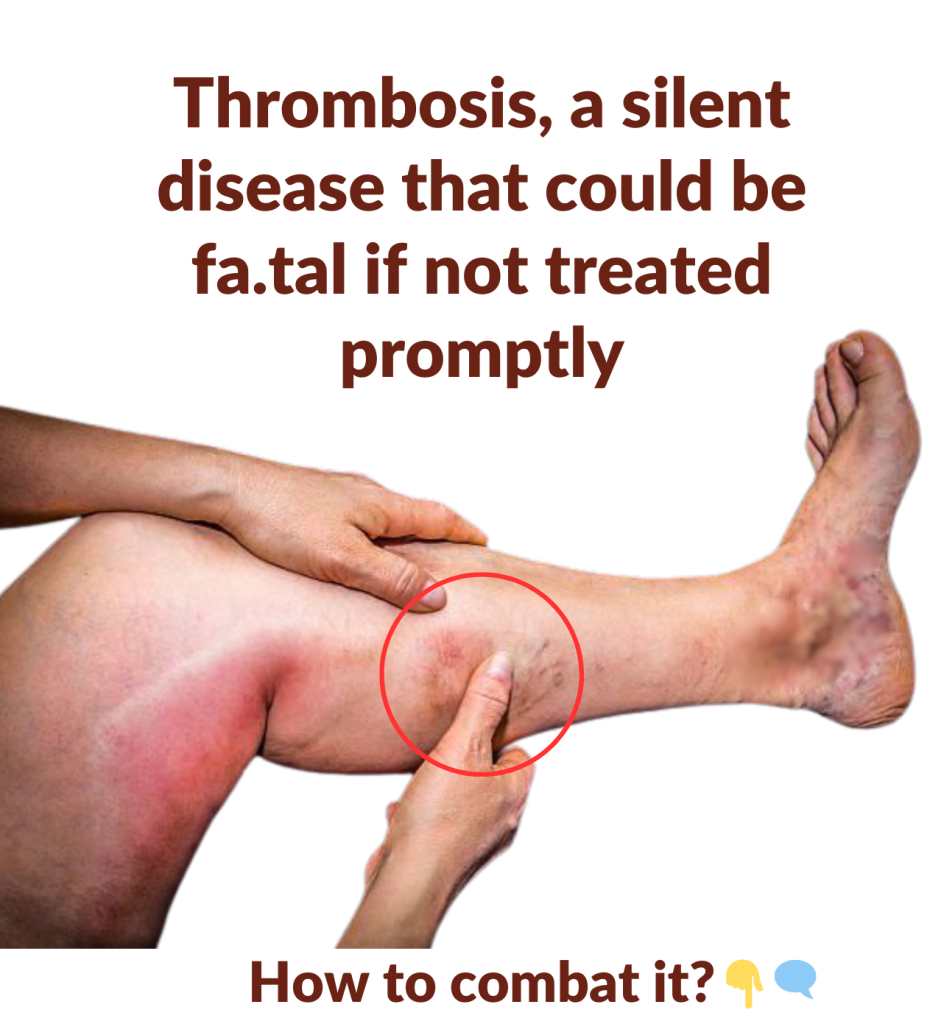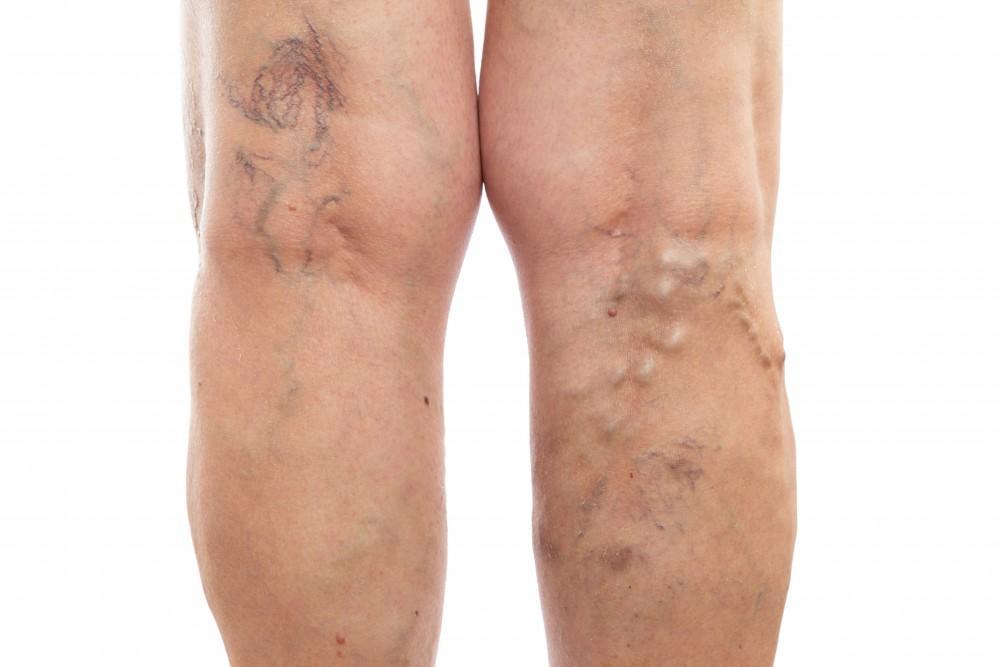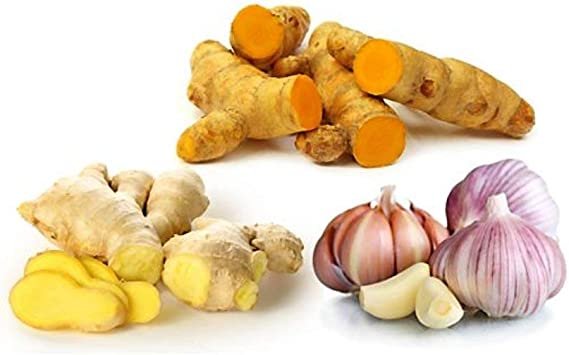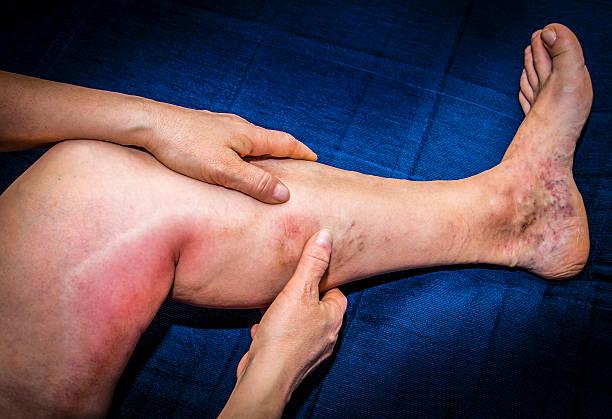
Thrombosis is a potentially serious condition in which a blood clot forms inside a blood vessel, obstructing the normal flow of blood. If left undiagnosed or untreated, it can lead to life-threatening complications such as pulmonary embolism, stroke, or heart attack.
In this guide, we’ll explore what thrombosis is, how it develops, its common symptoms, and most importantly—ways to prevent it. We’ll also share natural remedies that may support your health, especially when used alongside prescribed medical treatment.
What Is Thrombosis?

Thrombosis occurs when a clot (called a thrombus) develops inside a blood vessel. This can either partially restrict or completely block circulation in the affected area. Depending on the type of vessel, thrombosis falls into two main categories:
- Venous thrombosis: Most often affects veins in the legs. The most common form is deep vein thrombosis (DVT).
- Arterial thrombosis: Involves the arteries and can result in severe events like strokes or heart attacks.
Many factors can contribute to clot formation, including prolonged immobility (e.g., long flights or bed rest), surgery, smoking, obesity, hormonal contraceptive use, family history, and certain chronic illnesses.
Natural Remedies That May Help Support Circulation

Although natural remedies are not a replacement for prescribed medications, some may help support blood flow and cardiovascular health. Always speak with a healthcare provider before trying any of these—especially if you’re on blood thinners or other medications.
- Garlic
Rich in anti-inflammatory and anticoagulant compounds, garlic helps promote circulation and may reduce clot risk.
How to use: Eat 1 raw garlic clove daily or add it fresh to meals. - Ginger
Ginger contains salicylates—natural blood-thinning agents—and is known to support healthy circulation.
How to use: Enjoy as a fresh ginger tea or add to soups and smoothies. - Turmeric
Curcumin, the active ingredient in turmeric, offers anti-inflammatory and antioxidant benefits, and may mildly reduce clotting tendencies.
How to use: Stir 1 tsp into warm water or plant milk, and combine with black pepper for better absorption. - Omega-3 Fatty Acids
Found in fatty fish, seeds, and nuts, omega-3s help lower inflammation and support cardiovascular health.
☑ Natural sources: Salmon, sardines, walnuts, chia seeds, flaxseed. - Ginkgo Biloba
This herbal remedy may help improve circulation and support blood vessel health.
Caution: Do not use it alongside prescription blood thinners without medical supervision. - Green Tea
Packed with antioxidants, green tea supports heart and vessel health.
How to use: Drink 1–2 cups daily, unsweetened. - Hydration
Staying well-hydrated is essential for blood flow. Dehydration thickens the blood, increasing clot risk.
Tip: Drink at least 2 liters of water daily, and more when exercising or in hot climates.
Tips to Prevent Thrombosis

- Keep moving
Regular physical activity promotes healthy circulation. Even walking 30 minutes a day can help. - Break up long periods of sitting
On long trips or desk jobs, get up hourly to stretch or move your legs. Do ankle rolls and foot pumps to keep blood flowing. - Use compression stockings (if recommended)
These can assist with blood return in the legs, especially for those with varicose veins or a history of DVT. - Maintain a healthy weight
Excess weight strains the circulatory system and increases clot risk. - Quit smoking
Tobacco use damages blood vessels and increases clotting tendencies. - Stay hydrated
Drink water consistently throughout the day. - Manage chronic conditions
Control blood pressure, blood sugar, and cholesterol with your doctor’s help. - Monitor hormone-based treatments
If you’re on birth control pills or hormone replacement therapy, discuss potential clotting risks with your healthcare provider.
Advice for Those Living With Thrombosis

If you’ve been diagnosed with thrombosis or have a history of clots, these tips can help reduce the risk of recurrence:
- Strictly follow your prescribed treatment—never stop medications without medical advice.
- Avoid sedentary behavior. Move regularly, especially during travel or recovery.
- Eat a heart-friendly diet low in salt, sugars, and saturated fats.
- Stay hydrated, quit smoking, and avoid alcohol excess.
- Use compression stockings if advised by your doctor.
- Attend regular checkups, especially if you’re on anticoagulant therapy.